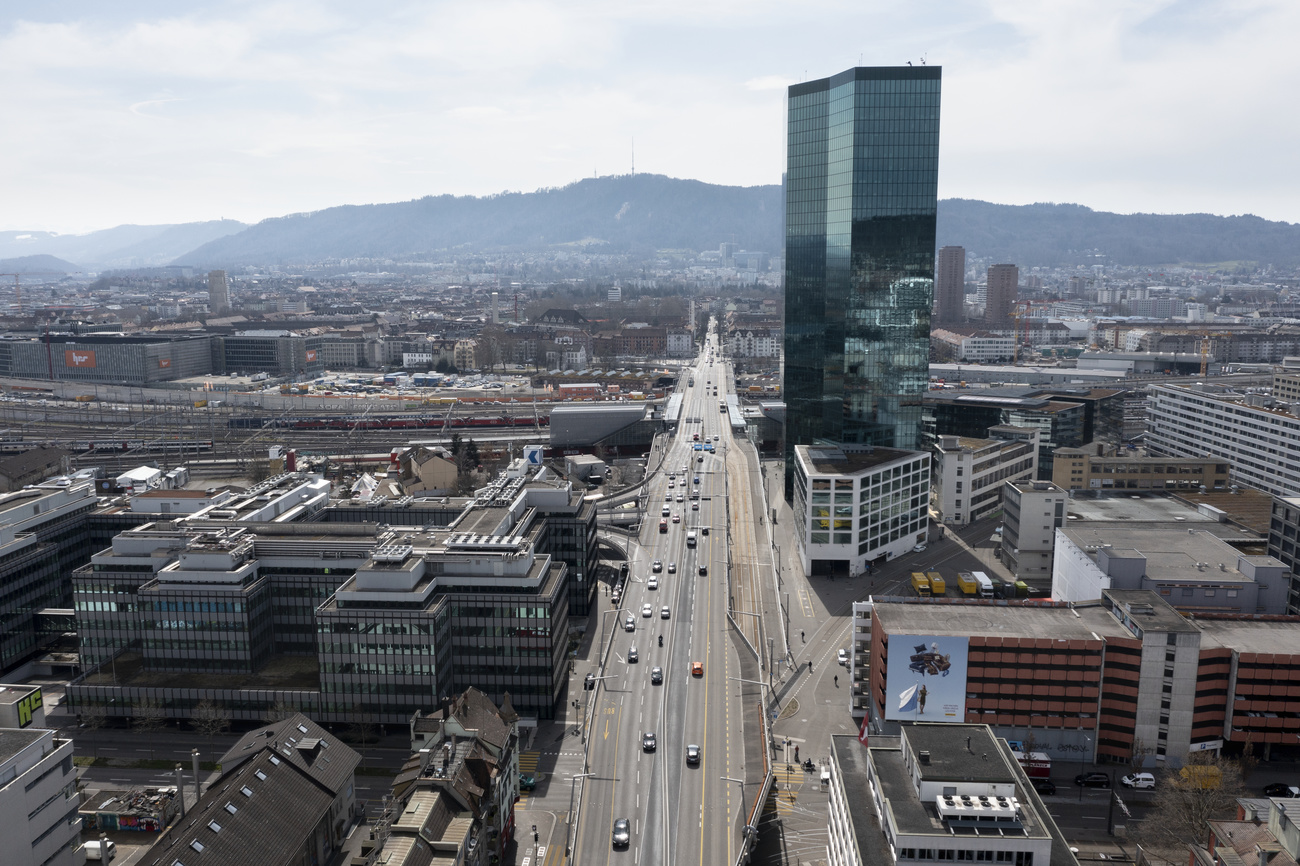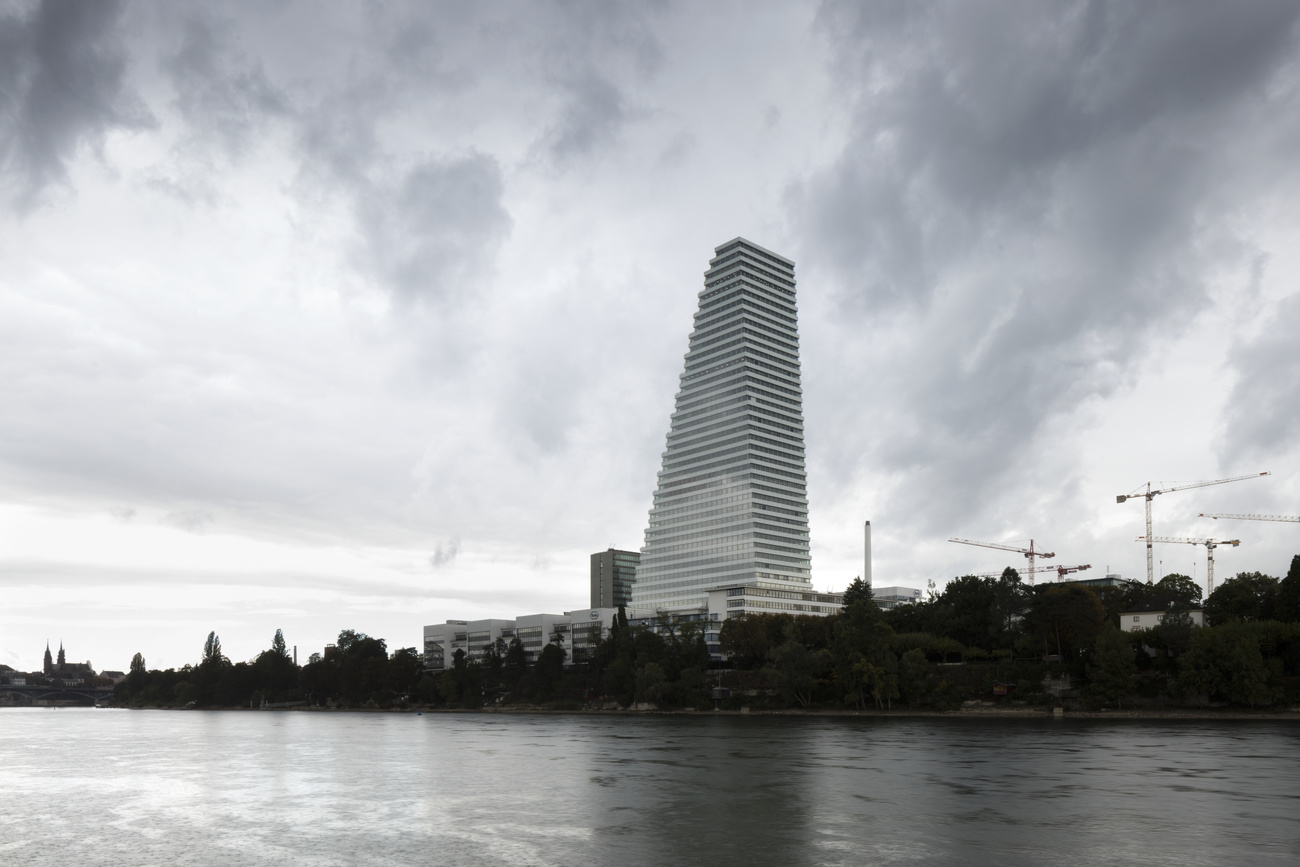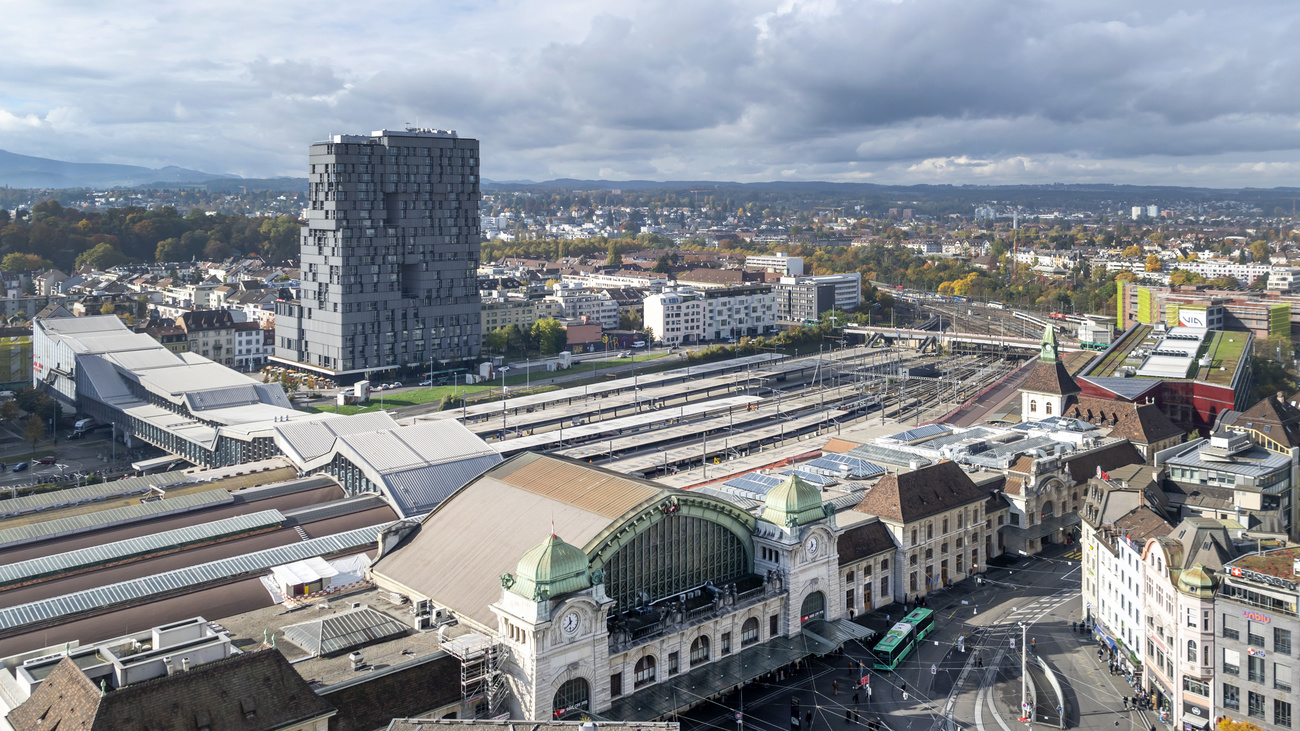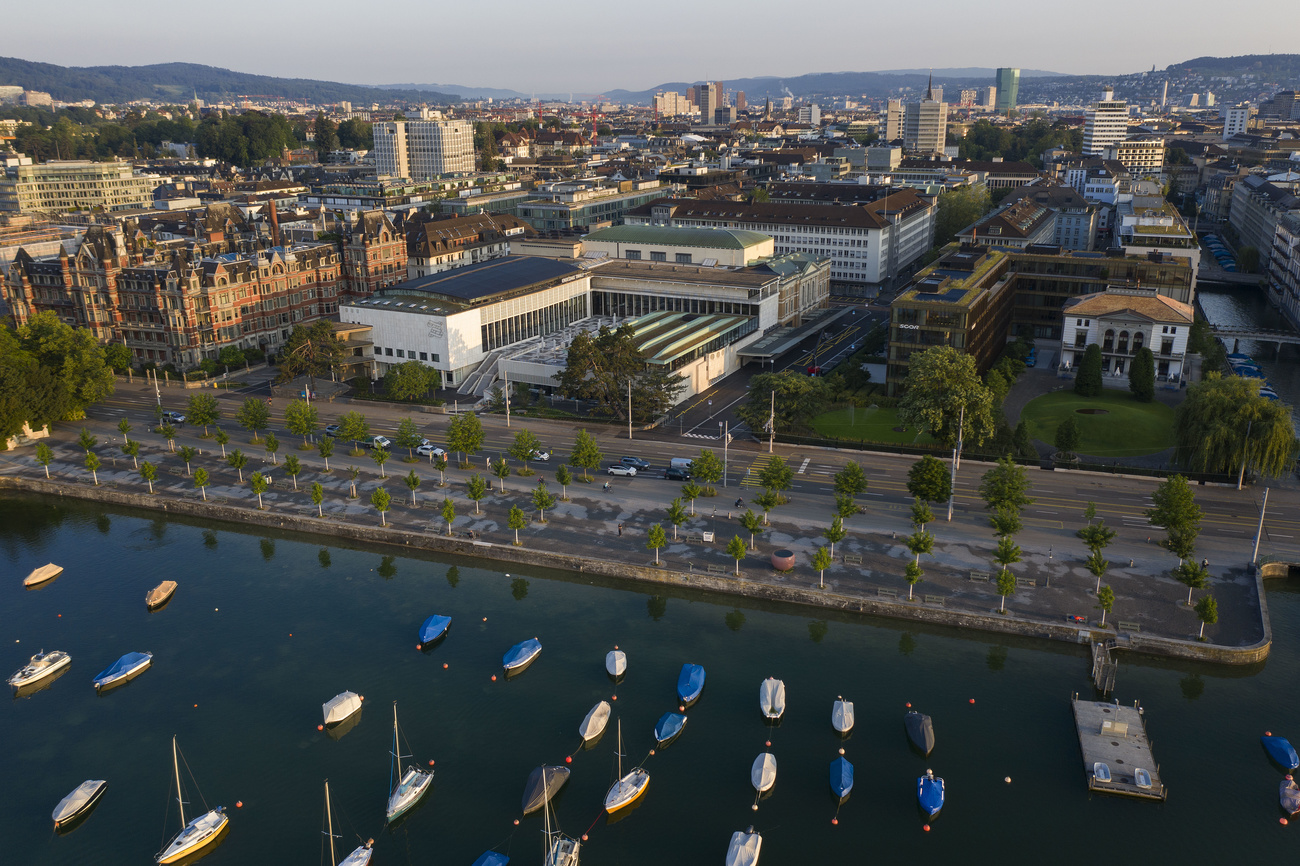
Architect Pierre de Meuron: ‘Switzerland isn’t ugly, but there’s room for improvement’

At 74, renowned architect Pierre de Meuron is still shaping the future of architecture. Together with his long-time partner Jacques Herzog, de Meuron is designing the new headquarters of the Lombard Odier bank in Bellevue in canton Geneva, set for completion in 2025. He shares his insights on urban planning in French-speaking Switzerland with Swiss public radio, RTS.
“No, Switzerland is not ugly,” de Meuron said, addressing the so-called “hideous” Switzerland portrayed by Swiss newspaper Neue Zürcher Zeitung (NZZ) in an article this summer. Born in Basel, de Meuron co-founded the world-renowned architectural firm Herzog & de Meuron with his childhood friend Jacques Herzog and together they’ve tackled iconic projects like the Tate Modern in London, Beijing’s national stadium, and Basel’s Roche towers, including Switzerland’s tallest skyscraper (205m).

Their first major project in French-speaking Switzerland, the Lombard Odier headquarters in canton Geneva, is scheduled for inauguration in 2025. Described by the firm as “avant-garde,” “elegant,” and “sustainable,” this building showcases Herzog & de Meuron’s signature emphasis on quality. However, de Meuron believes that other projects across Switzerland often lack this level of care.
Profit over quality?
Switzerland isn’t “ugly,” de Meuron said, but there are “many” architectural mistakes, especially in cities and suburbs. “Sometimes, too much emphasis is placed on profitability,” he noted, often at the expense of “architectural quality.” Yet he believes that quality architecture does not necessarily have to be more expensive. “It’s about doing the best we can with the means we have,” he explained.
Commenting on urban sprawl, which is a growing concern in Swiss urban development, de Meuron cautioned: “We must be careful it doesn’t go any further.” Uncontrolled expansion, he warns, could lead to irreversible impacts on Swiss landscapes.

Despite his age, de Meuron isn’t ready to leave his passion for beauty behind. He said he’ll keep working “as long as I enjoy it”. Any decisions about retirement will be made alongside his partner Jacques Herzog, as well as his wife and family, he added.

Adapted from French by DeepL/amva/sb

In compliance with the JTI standards
More: SWI swissinfo.ch certified by the Journalism Trust Initiative
















![The four-metre-long painting "Sonntag der Bergbauern" [Sunday of the Mountain Farmers, 1923-24/26] had to be removed by a crane from the German Chancellery in Berlin for the exhibition in Bern.](https://www.swissinfo.ch/content/wp-content/uploads/sites/13/2025/12/01_Pressebild_KirchnerxKirchner.jpg?ver=cb688ed5)














You can find an overview of ongoing debates with our journalists here . Please join us!
If you want to start a conversation about a topic raised in this article or want to report factual errors, email us at english@swissinfo.ch.